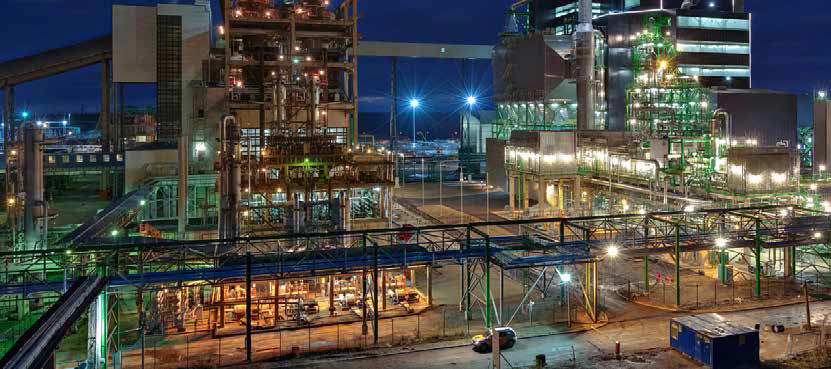Abstract
Vortex generation in pumping stations must be prevented or limited to superficial and low intensity vortices, because deep and intense ones can severely damage the pumps or / and affect their performance (flow, head & efficiency) due to non uniform velocity distribution at the pump impeller inlet and their air content. This kind of dangerous vortices might appear in some operational conditions related for example to low water levels or high rotational speeds and high flow rate values.
Vortex generation must be carefully studied and verified during the design phase of pumping stations, and measures aimed at preventing vortices or reducing their intensity must be taken.
One of the key factor to prevent vortices is the submergence, that is the minimum immersion depth required by the pump to prevent vortices. It varies according to the size of the pump and the rotational speed. As an indication, it is typically 2.5 times the diameter of the hydraulic part, but it must be adapted to the pump NPSHr conditions as well as the pump and pumping station geometry since this rule is very general.
Read the article

